Minority-majority schools offer students opportunities to be themselves without needing to assimilate
“Minority majority” is often used to describe problems, but minority-majority schools offer a unique experience for their students.
More than once I’ve heard the term “minority-majority school” to gently relay an explanation of the school’s problems. Whether or not people admit it, the term is thrown around as a euphemism for a range of issues a school might face. This could include a lack of funds, less-than-exemplary test scores, behavioral issues, and the need to support students from low-income families.
But, it’s important to explore the benefits of attending a minority-majority school—beyond the good food and music. The racial makeup of a school has direct impacts on a student’s education, social comfort, and overall wellness while attending.
Many of these benefits can be seen in the Minority Scholars Program, a student-led county-wide organization in Montgomery County Public Schools dedicated to closing the opportunity gap and addressing other social issues. MSP has a chapter at all 25 high schools in MCPS and has even expanded into some middle and elementary schools. The Watkins Mill chapter of MSP provides a safe space for many students of color, promotes education and re-education in the context of social issues, and mobilizes members to pursue social justice initiatives.
Relevancy of Historical and Current Issues
Throughout the program, students partake in countless discussions of racial experiences, from a community to county to even international level. More importantly, when students converse about relevant controversies, they discuss how they directly relate to them. Current issues are not framed as abstract dilemmas that harm some other group of people. They are prevalent within the lives of the students.
History class at Watkins Mill is the perfect example of this. When students learn about slavery, the Jim Crow era, the abuse of Native American nations, the oppressive treatment of Latinx and Asian Americans, it is not a “little detail in history.” It is history. It is our history. It encompasses the treatment students have noticed in their own lives before the teacher even opened the textbook. Students today don’t necessarily deal with such overt forms of racism like slavery or segregation, but rather with a mutation of racism, manifesting itself as microaggressions, slurs, natural hair discriminatory policies, unjustified criminalization of Black and Latinx, etc. Therefore, the history of people of color in America is received with a legitimacy and importance that may not be seen at other schools.
Acceptance of Identity
In MSP, there is a comfort shared among members in expressing one’s cultural and ethnic identity. With so many students originating from various backgrounds, we share a space where a plethora of races, ethnicities, and cultures can coexist. This is a luxury compared to many predominantly white institutions where there is a racial and cultural white standard within the student body.
Many students of color at PWIs feel pressure to assimilate into the dominant white culture to avoid embarrassment or drawing attention to their differences. This assimilation might appear as code-switching to avoid being negatively racially stereotyped, skipping lunch to avoid comments on the scent of ethnic dishes, or refraining from wearing clothing of cultural significance. As a result, many students of color suppress their ethnic identity at school.
It’s important to note that assimilation is human instinct; anyone who lives in the US has likely assimilated some aspect of them to American culture. However, there is a shared understanding among many students at minority-majority schools that while students may not come from the same culture, they share the experience of deviating from the white standard, which they know would be condemned at PWIs.
Validation of Experiences
As mentioned, members of MSP often engage in discussions where they share their experiences with racism. Each account is always met with open and empathetic ears because students of color personally understand that validating someone’s racial experience is crucial.
Watkins Mill’s students are neither afraid nor do they hesitate to speak up about racial and social issues in class. This is a privilege that minority-majority schools offer to students of color. Students of color at PWIs may forgo sharing personal racial experiences, fearing severe backlash from the student body and school, which can be very traumatic. Many minority students at PWIs face racial gaslighting, which is “when a victim is led to doubt and question their own sense of reality with regard to racism,” according to Seattle University’s Angelique Davis.
A common form of racial gaslighting POC face is when their feelings are downplayed and subjected to being “irrational” when they describe racist experiences. This dismissal of the experiences of students of color, which have shaped their lives socially and internally, leads students to doubt their perceptions of the world around them. They believe that they are the problem, not the stereotypes and systems that neglect the student’s humanity.
The Minority Scholars Program is an influential club at Watkins Mill and a leading organization in MCPS. Its members consist of high achieving students who hold difficult—but necessary—conversations about huge social and racial issues with impressive knowledge and personalization.
At Watkins Mill, MSP does not represent some subculture or counterculture that struggles to survive amongst a whitewashed social realm. The problems that minority students face, the histories that pertain to their futures, and the cultures that shape their reality are accepted as relevant to each student’s individuality. A minority-majority school offers students the comfort to share their experiences, feel validated in them, and work amongst like-minded, social-justice-oriented students to address them.
It is a privilege to attend a minority-majority school and witness students of color grow, connect, and achieve in a space they feel recognizes their struggles and celebrates their identity.
Your donation will support the student journalists of Watkins Mill High School. Your contribution will allow us to purchase equipment and cover our annual website hosting costs.

Ashley is an IB Diploma senior at Watkins Mill High School and Co-Editor-in-Chief for The Current, who adores books and calligraphy. She is President...

Andrea “AJ” Gordon is a senior at Watkins Mill High School and Opinion Managing Editor for The Current. She is an IB Diploma student and is a part...




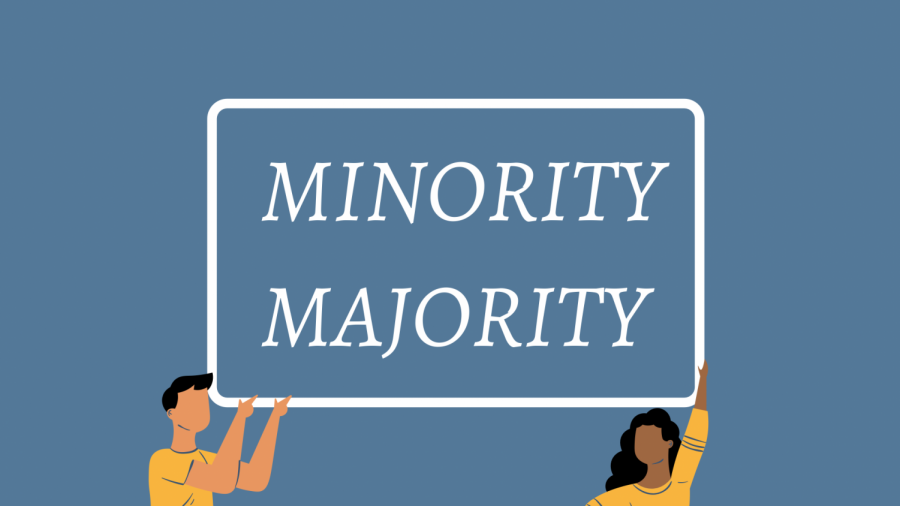




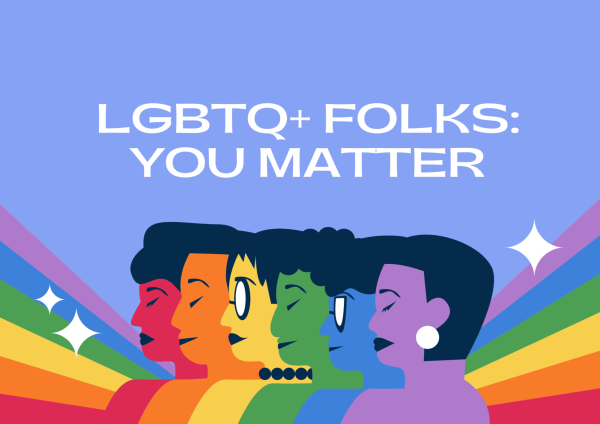
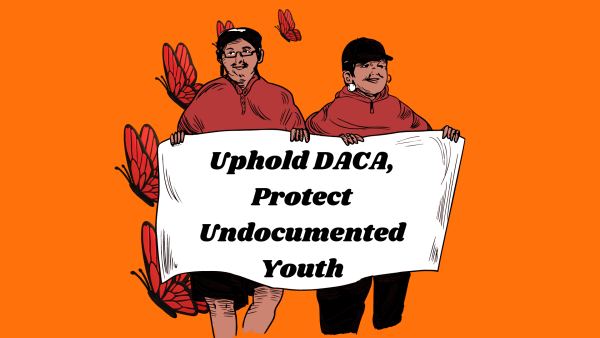
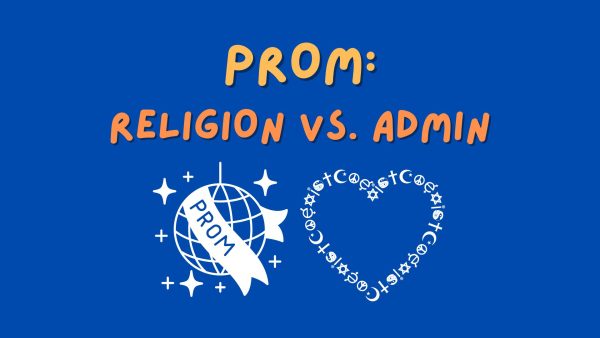
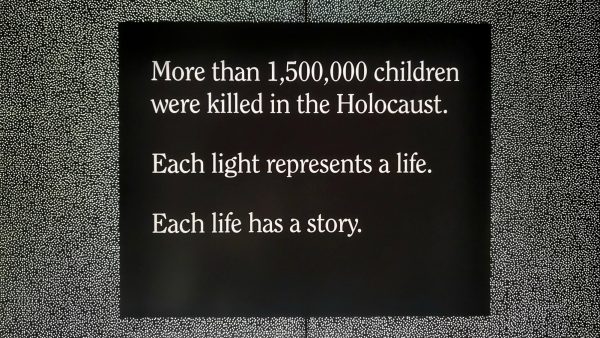
Grace Edwards • Nov 3, 2021 at 5:44 pm
I am a proud alum from Watkins Mill! I am appreciative of the education my majority-minority high school gave me. I miss my teachers who molded and encouraged me to embrace my identity and to uplift others in the same manner. <33 Excellent article Ashley and AJ!